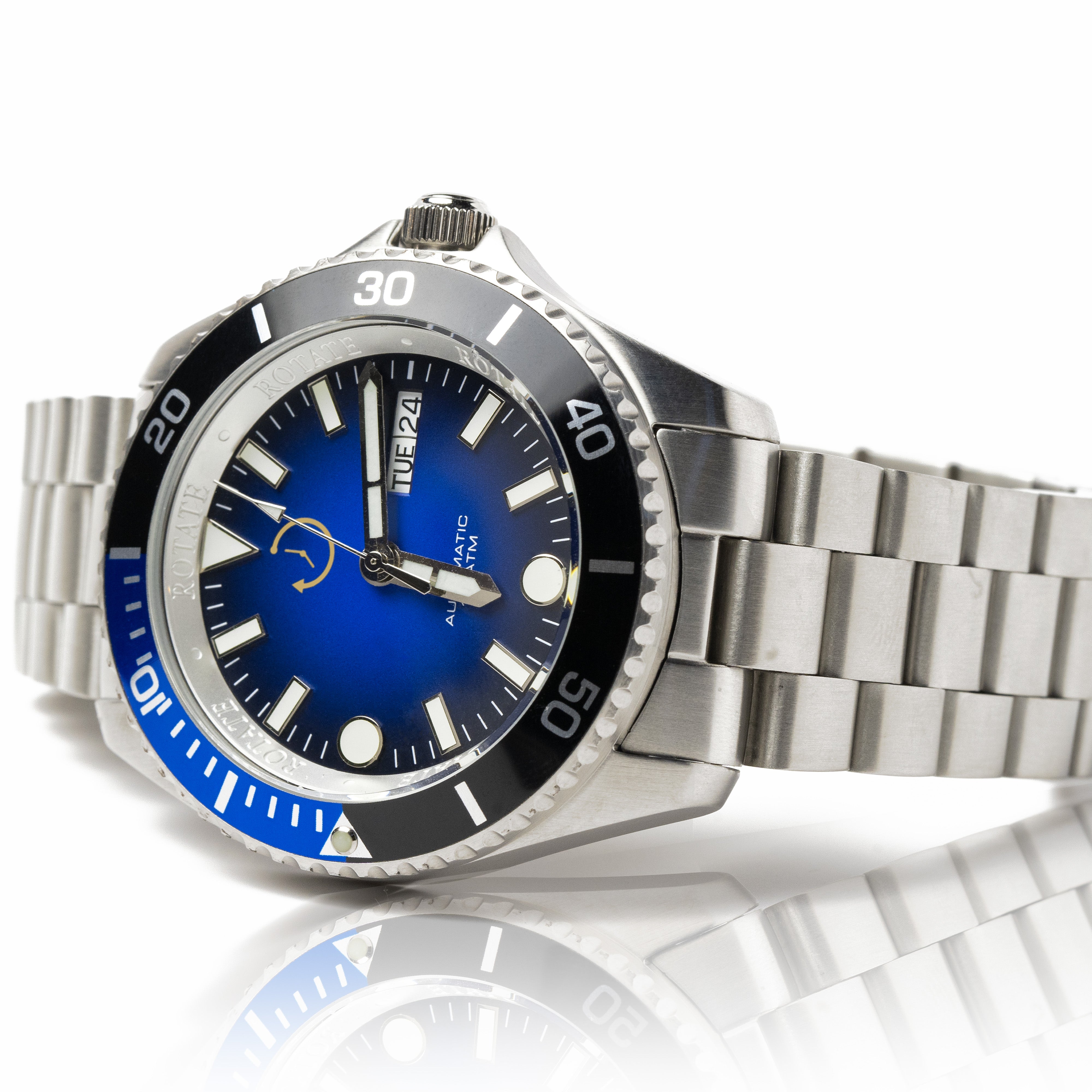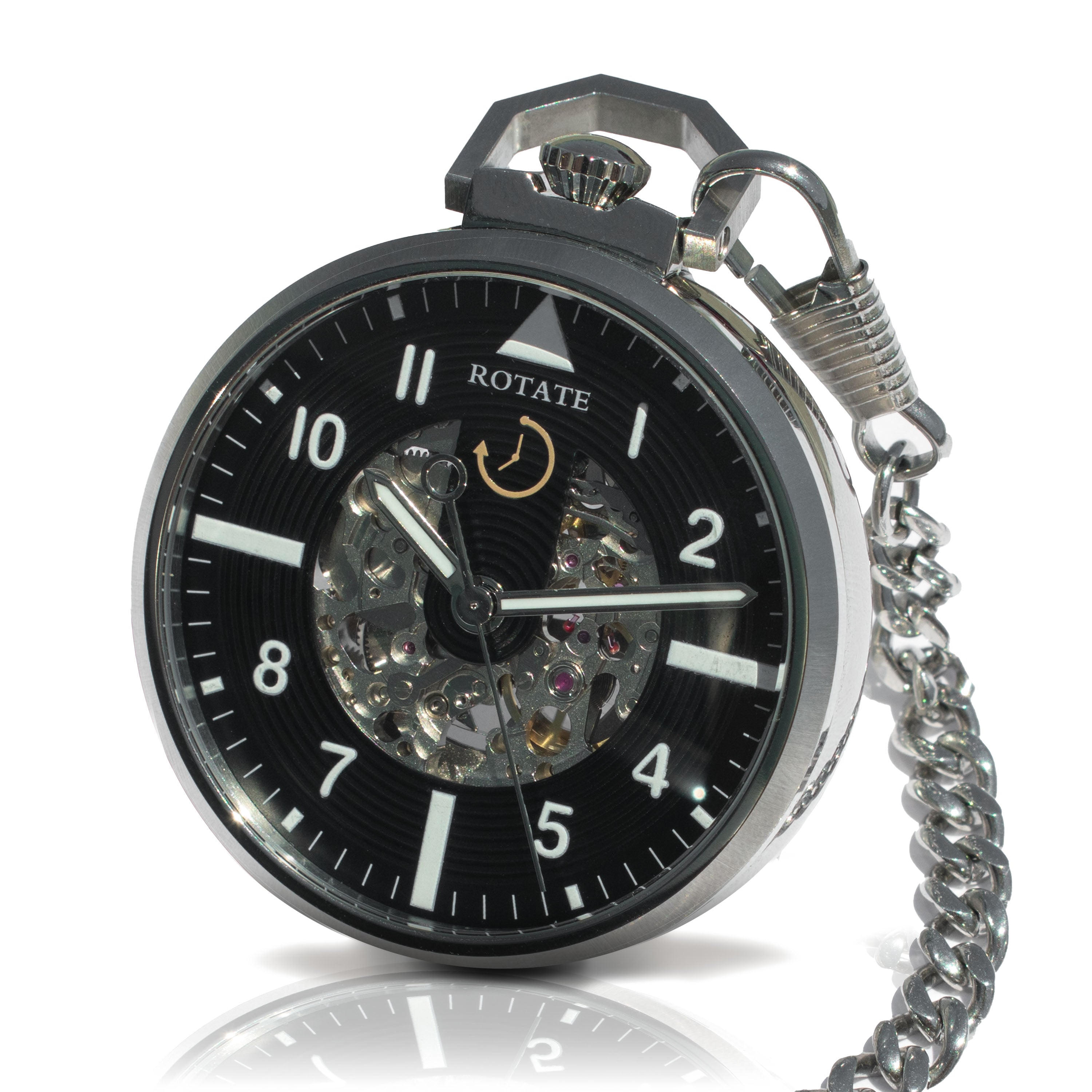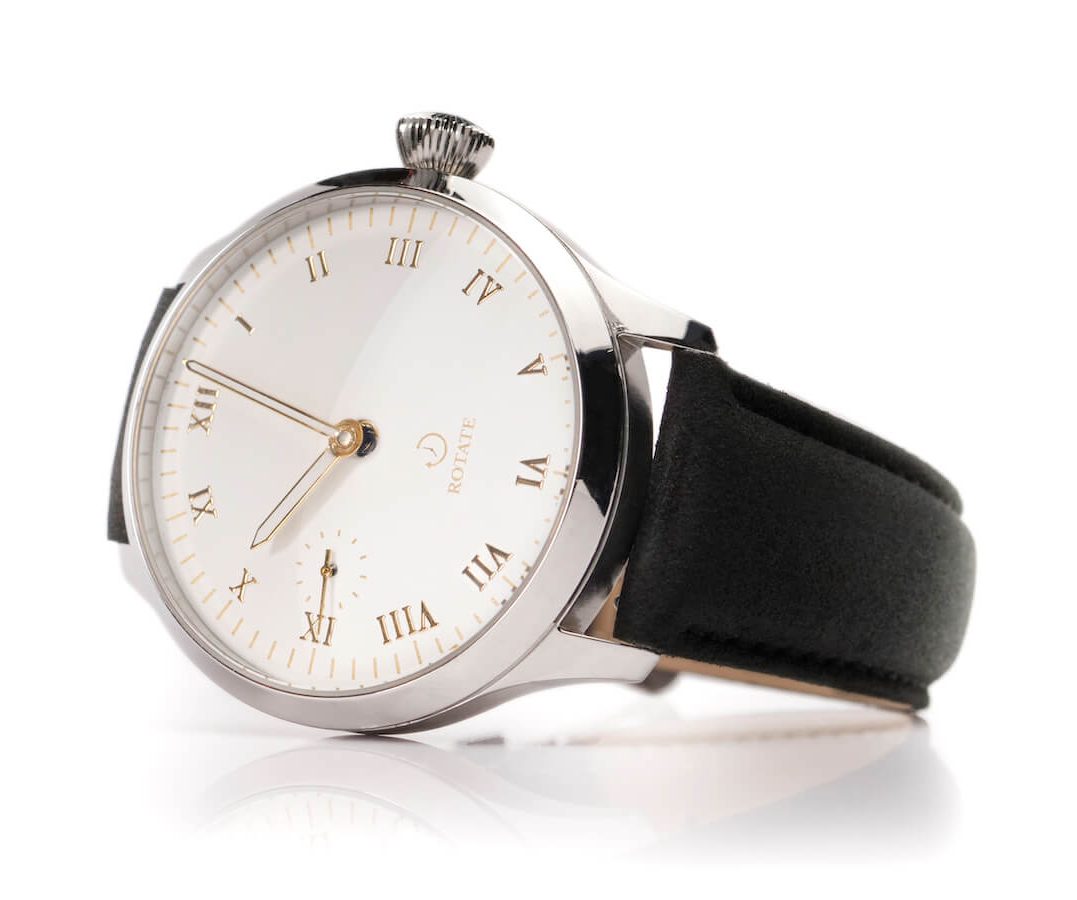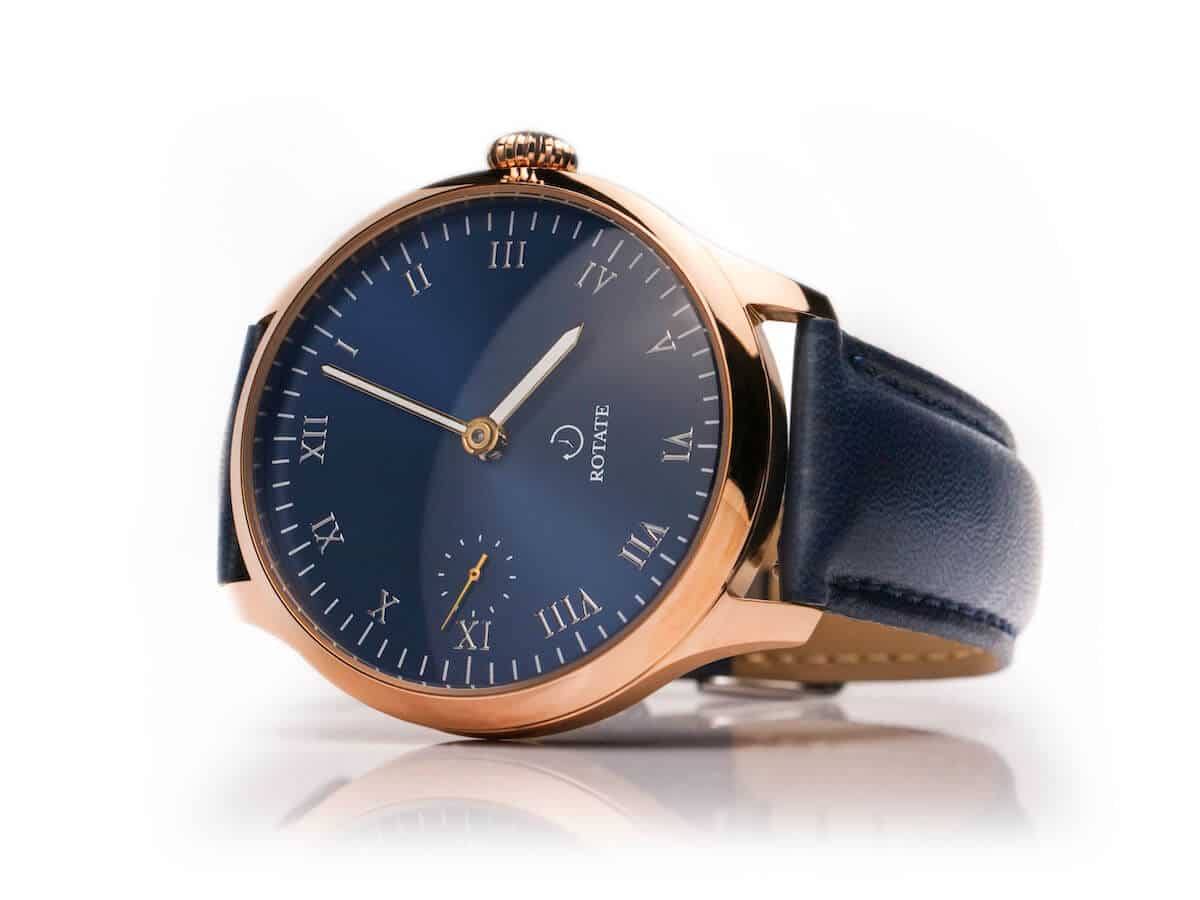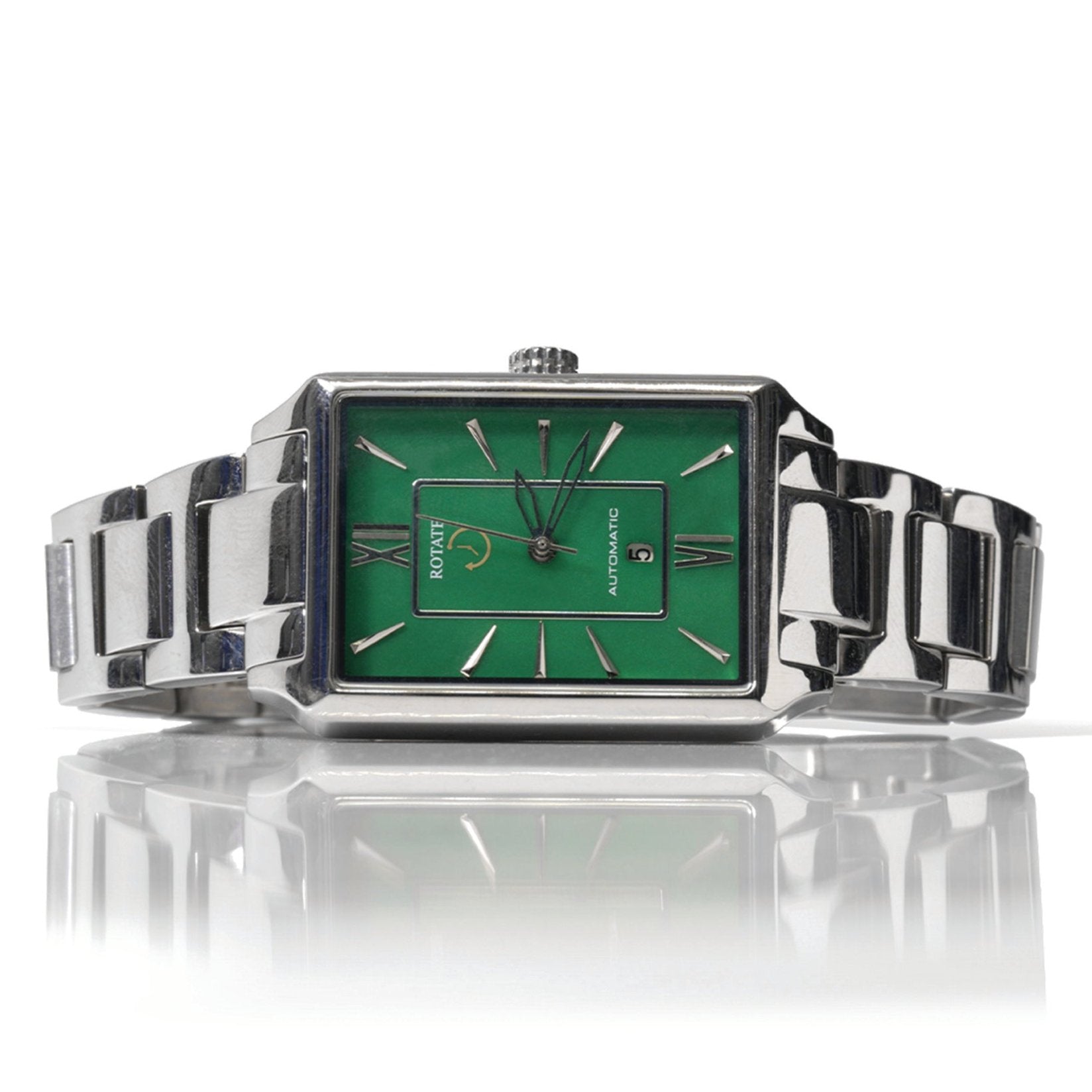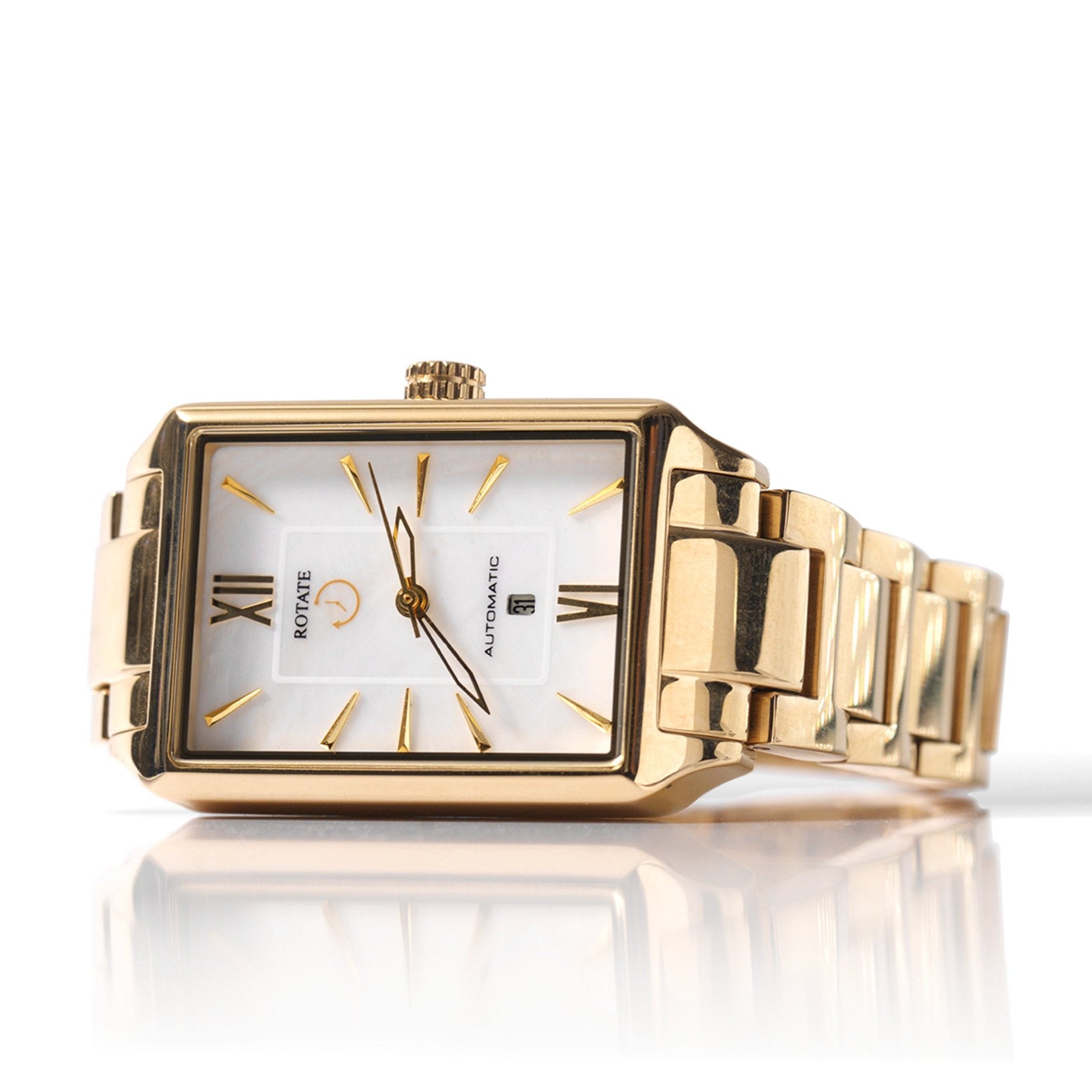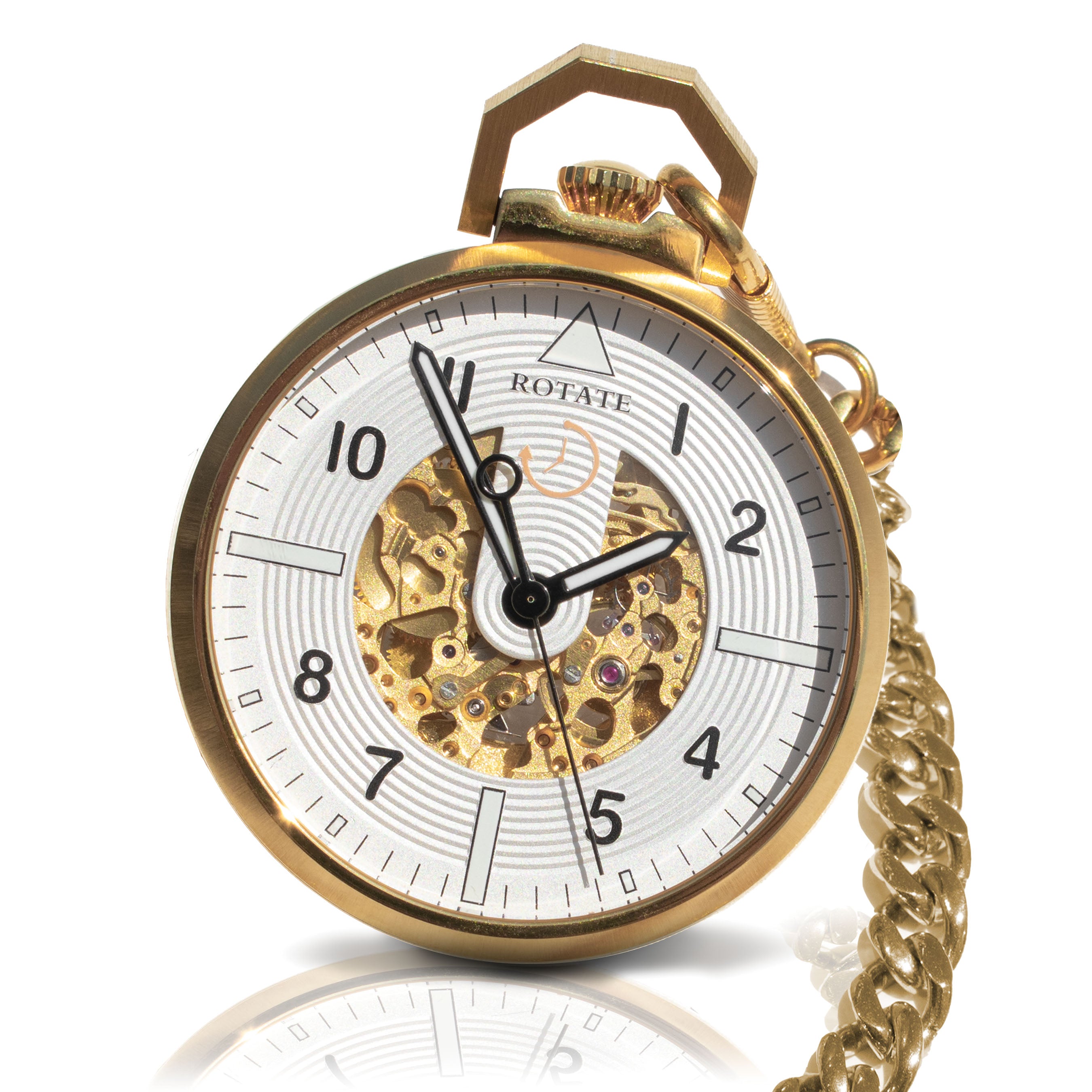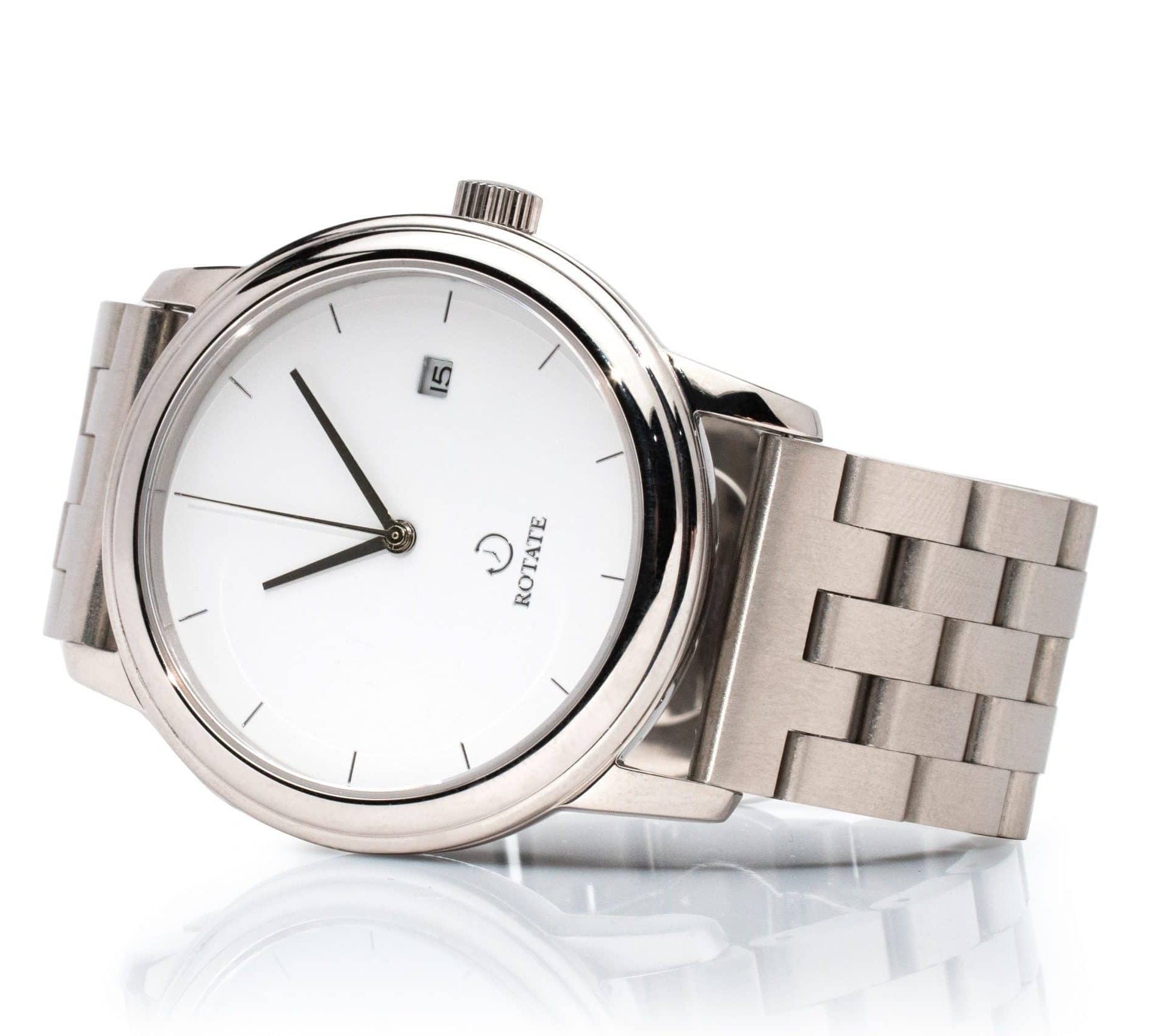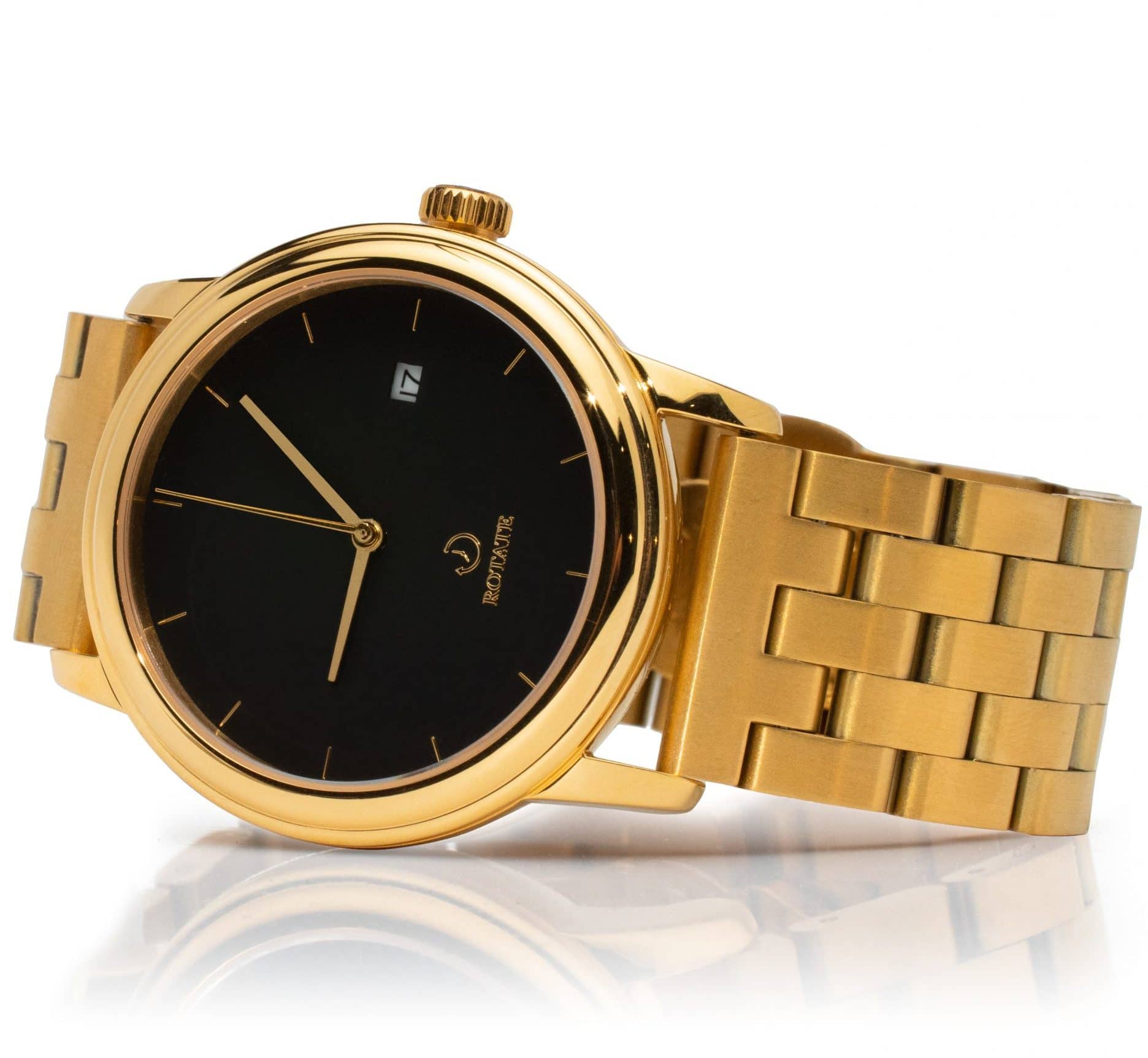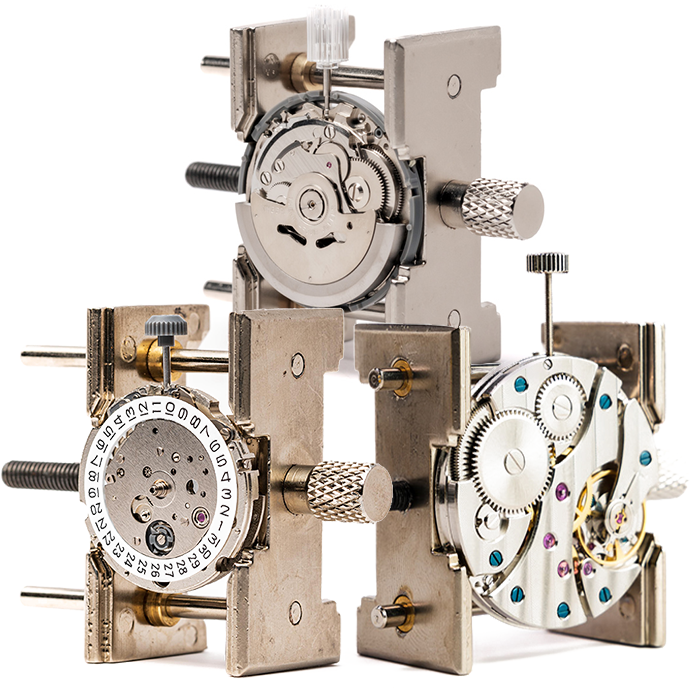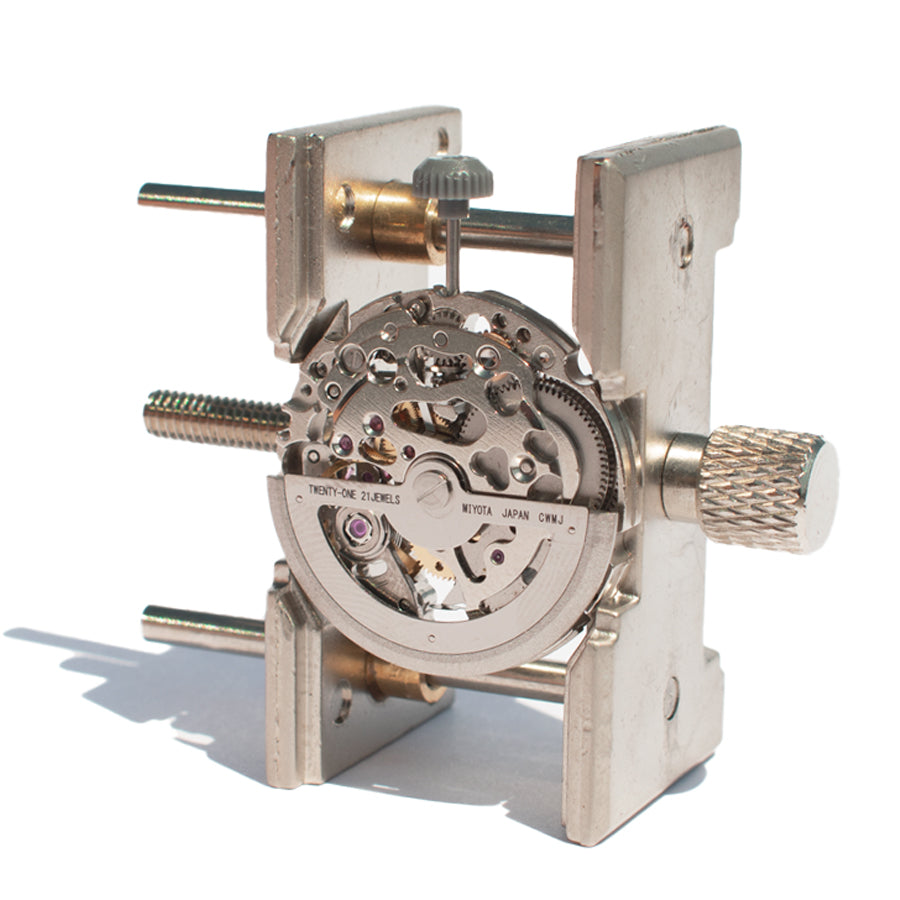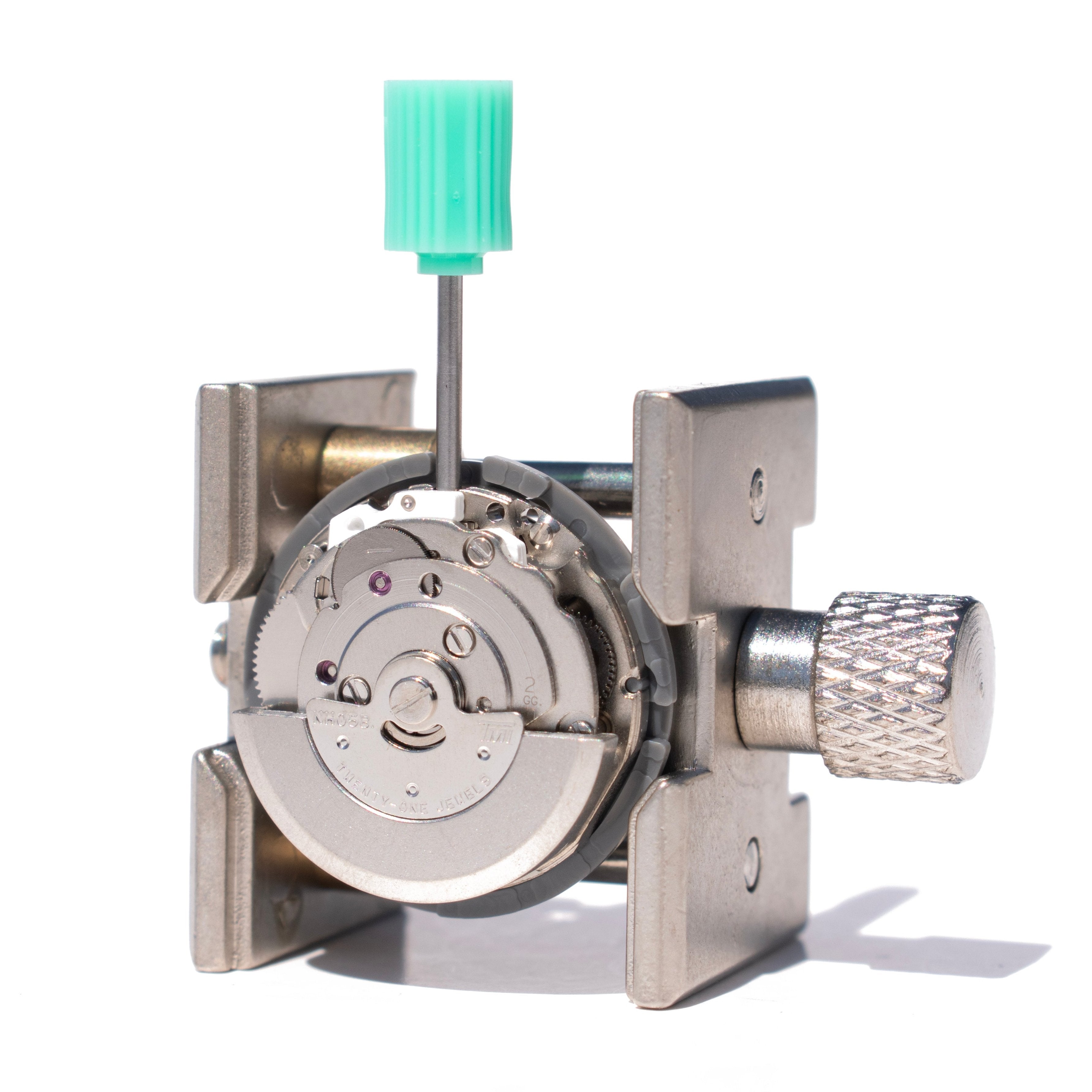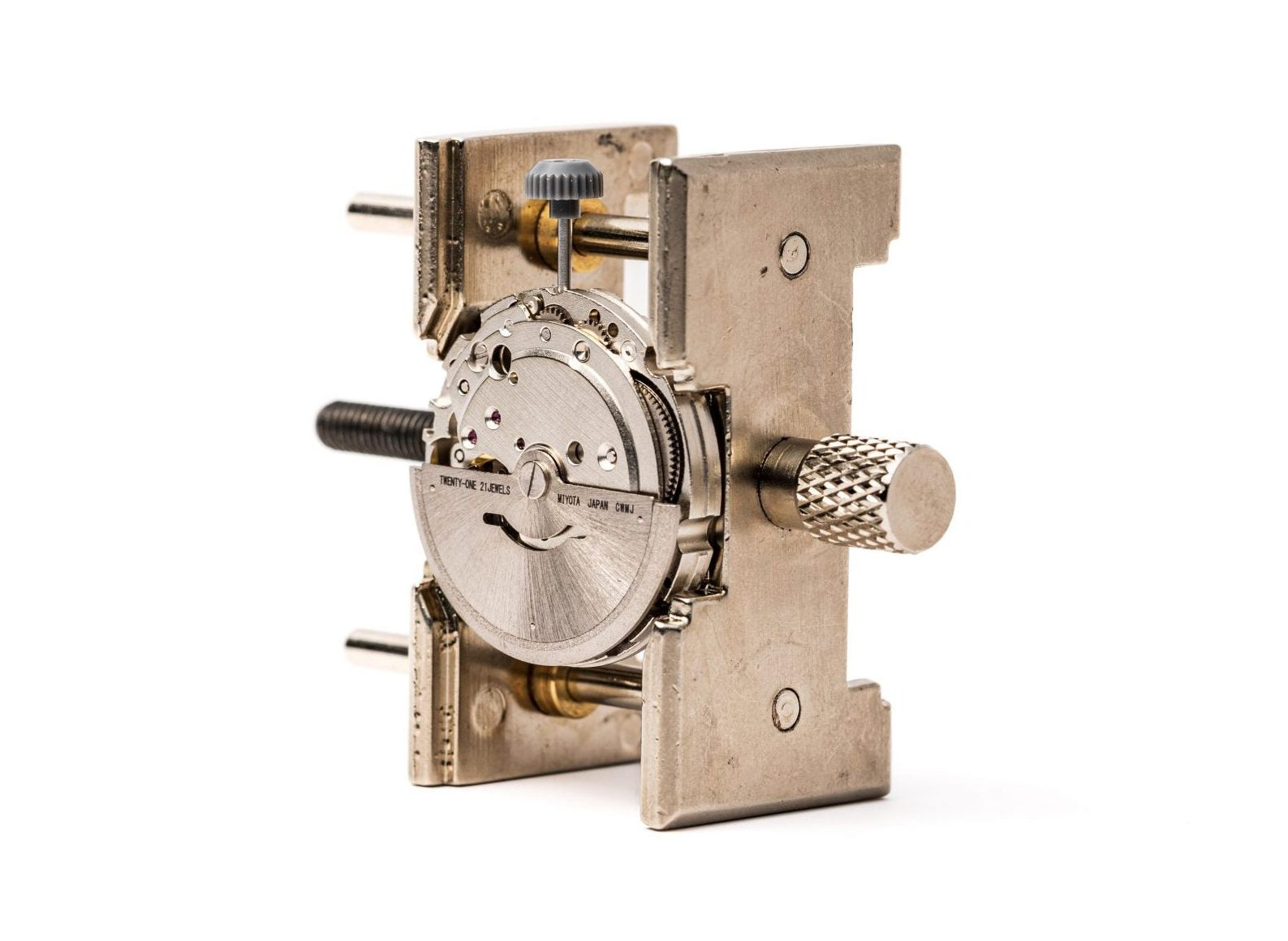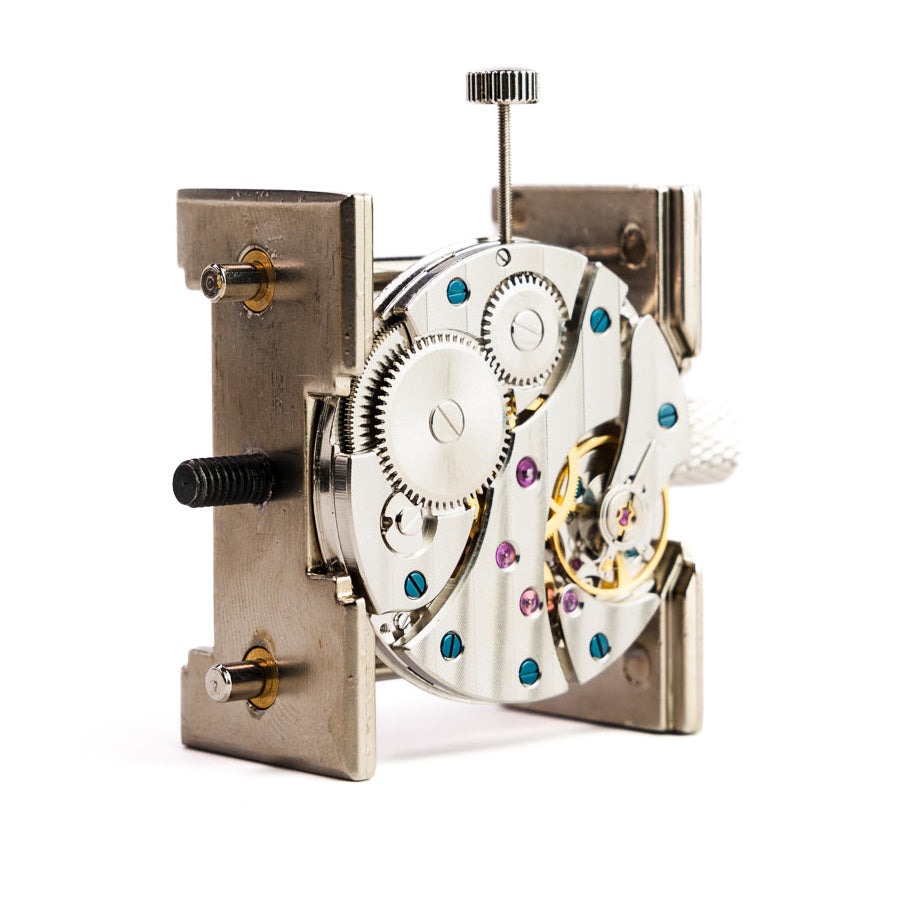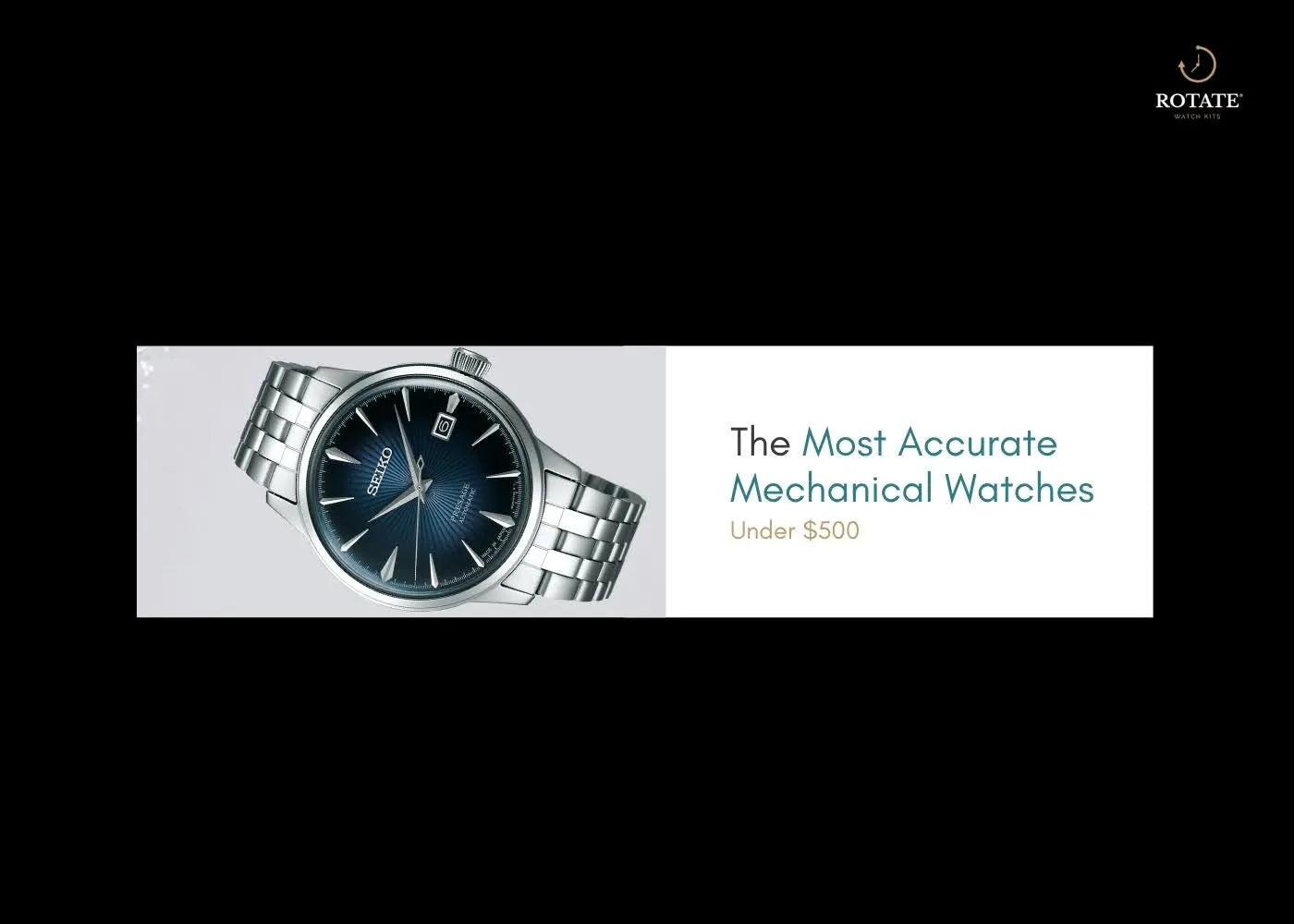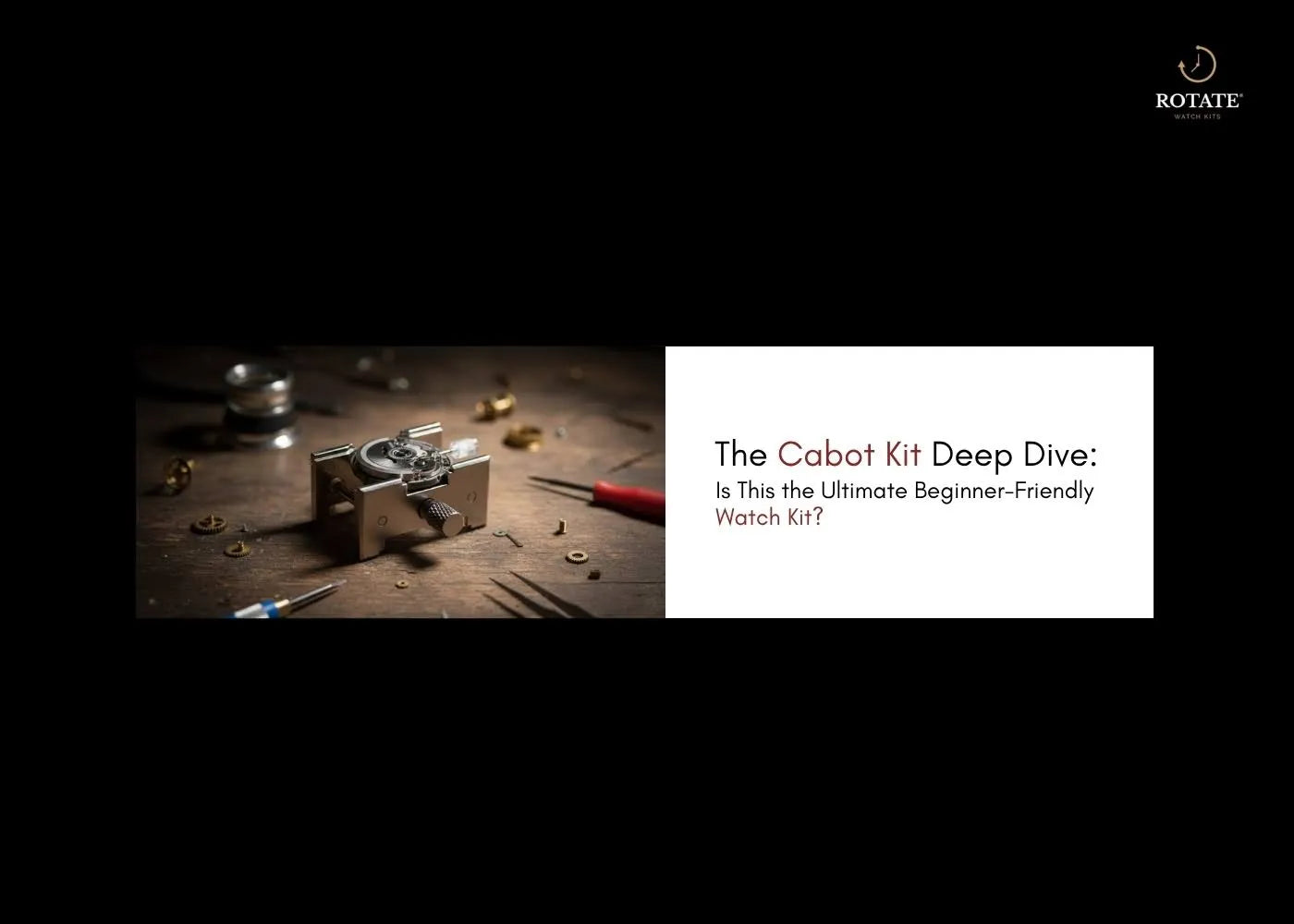
5 Reasons Why Building Your Own Watch Is Easier Than You Think
The idea of building your own watch sounds intimidating at first.
Visions of complex machinery, microscopic parts, and years of training might come to mind.
The reality?
Modern DIY watchmaking has become surprisingly accessible for beginners.
Reason #1: You Start with Pre-Assembled Components for Building Your Own Watch
No Manufacturing Required
DIY watchmaking doesn't mean creating parts from scratch. Quality kits provide finished components: movements, cases, dials, hands, and straps. The challenge lies in careful assembly, not metalworking or fabrication.
Focus on Assembly Skills
The movement arrives fully functional with gears, springs, and jewels already aligned. Your role involves attaching the dial, installing hands, and securing the case. These tasks require steady hands and patience rather than technical expertise.
Understanding how these components work together enhances the experience. The anatomy of a watch breaks down each element and its function.
Reason #2: All-in-One Kits Provide Everything You Need for DIY Watchmaking
Complete Tool Sets Included
Beginner-friendly kits eliminate the guesswork of tool selection. Precision screwdrivers, tweezers, spring bar tools, and gloves arrive ready to use. No additional purchases or specialty equipment hunting required.
No Guesswork in Sourcing Parts
Finding compatible watch components poses a significant challenge for beginners. Quality kits solve this by including matched parts that fit together perfectly. The Seiko NH36 Movement Kit exemplifies this approach with 50+ pre-matched components.
Reason #3: Clear Instructions Make the Process Straightforward
Step-by-Step Visual Guides
Modern watchmaking for beginners benefits from detailed video tutorials and illustrated guides. Each step shows exactly where parts go and how they attach. Pause, rewind, and replay as needed while working.
Work at Your Own Pace
No time pressure exists when building your own watch. Some complete assembly in one sitting, while others spread the project across several days. Both approaches work equally well.
The mechanical watch basics guide provides essential knowledge before starting your first build.
Reason #4: Minimal Prior Experience Required for Watchmaking for Beginners
Patience Over Expertise
Success in DIY watchmaking depends more on careful attention than specialized knowledge. Small parts demand gentle handling. Rushing leads to mistakes, while patience ensures proper assembly.
Community Support Available
Online communities and manufacturer support teams assist when questions arise. Most beginner challenges have simple solutions that experienced builders readily share.
Starting with easier difficulty kits builds confidence. The Cabot Watchmaking Kit offers an entry-level experience perfect for first-time builders.
Reason #5: Low-Risk Project with High Rewards
Affordable Practice with DIY Watchmaking
Beginner kits use quality but reasonably priced components. Mistakes don't destroy expensive heirlooms or luxury watches. Most parts can be reordered individually if needed.
Personal Accomplishment and Custom Timepieces
Completing your first watch delivers genuine satisfaction. Wearing something you assembled yourself creates a unique connection to the timepiece. Watch accuracy matches commercial watches when using proven movements like the NH36.
The finished watch becomes a conversation starter and testament to your developing skills. Many builders continue with more challenging projects, progressing from easy to hard difficulty levels.
For those wanting to understand movements deeply, the Seiko NH36 Movement Kit allows full disassembly and reassembly practice at $140.
Browse our collection to find your perfect match, from complete watch kits starting at $140 to intricate movement kits.
Your watchmaking story begins with a single screw. Start building today.
FAQs
Q. How long does building your own watch take?
Ans. Most beginners complete their first watch in 2-5 hours depending on difficulty level and pace. Accessible kits take 1-2 hours, while hard difficulty projects require 3-5 hours.
Q. Do I need special skills for DIY watchmaking?
Ans. No special skills required. Watchmaking for beginners needs patience, steady hands, and attention to detail. These abilities develop during the building process.
Q. What tools come with watchmaking kits?
Ans. Quality kits include precision screwdrivers, tweezers, spring bar tools, gloves, and any specialized tools needed for that specific watch design.
Q. How accurate are DIY watches?
Ans. Watch accuracy depends on the movement quality. Seiko NH36 movements maintain -20 to +40 seconds per day accuracy, matching many commercial watches.
Q. Can I fix mistakes when building my own watch?
Ans. Yes. Most assembly mistakes can be corrected by carefully disassembling and reassembling the affected components. Detailed guides help troubleshoot common issues.
Q. Where can I learn more about watch movements?
Ans. Understanding Japanese watch movements and reading about how automatic watches work provides excellent foundations.
{ "@context": "https://schema.org", "@type": "FAQPage", "mainEntity": [ { "@type": "Question", "name": "How long does building your own watch take?", "acceptedAnswer": { "@type": "Answer", "text": "Most beginners complete their first watch in 2-5 hours depending on difficulty level and pace. Accessible kits take 1-2 hours, while hard difficulty projects require 3-5 hours." } }, { "@type": "Question", "name": "Do I need special skills for DIY watchmaking?", "acceptedAnswer": { "@type": "Answer", "text": "No special skills required. Watchmaking for beginners needs patience, steady hands, and attention to detail. These abilities develop during the building process." } }, { "@type": "Question", "name": "What tools come with watchmaking kits?", "acceptedAnswer": { "@type": "Answer", "text": "Quality kits include precision screwdrivers, tweezers, spring bar tools, gloves, and any specialized tools needed for that specific watch design." } }, { "@type": "Question", "name": "How accurate are DIY watches?", "acceptedAnswer": { "@type": "Answer", "text": "Watch accuracy depends on the movement quality. Seiko NH36 movements maintain -20 to +40 seconds per day accuracy, matching many commercial watches." } }, { "@type": "Question", "name": "Can I fix mistakes when building my own watch?", "acceptedAnswer": { "@type": "Answer", "text": "Yes. Most assembly mistakes can be corrected by carefully disassembling and reassembling the affected components. Detailed guides help troubleshoot common issues." } }, { "@type": "Question", "name": "Where can I learn more about watch movements?", "acceptedAnswer": { "@type": "Answer", "text": "Understanding Japanese watch movements and reading about how automatic watches work provides excellent foundations." } } ] }


